Are you a teacher looking for suggestions on how to set up your classroom library? Well, you’re in luck because today we’re going to dive into classroom library organization! I know it may seem a bit odd to discuss this in July when your classroom library might be dismantled, or your mind is on summer vacation, but trust me, now is the perfect time to plan for the upcoming school year.
Thinking about and working on your classroom library organization during the summer break allows you to make any necessary changes before you head back into the classroom. Perhaps you want to arrange your library by genre, topic, or author. Even if your library is all packed up and stored away, there are steps you can take to make your classroom library organization go more smoothly this next school year!
Planning your library set-up now will save you a lot of time and effort during the busy Back-to-School season. We all know how important it is to make things easier for ourselves during that time. So take advantage of this opportunity to prepare for the next school year.
Now, let’s explore three different ways you can consider setting up your classroom library. And don’t worry, I’ll also reveal one organizational method that I think you should avoid.
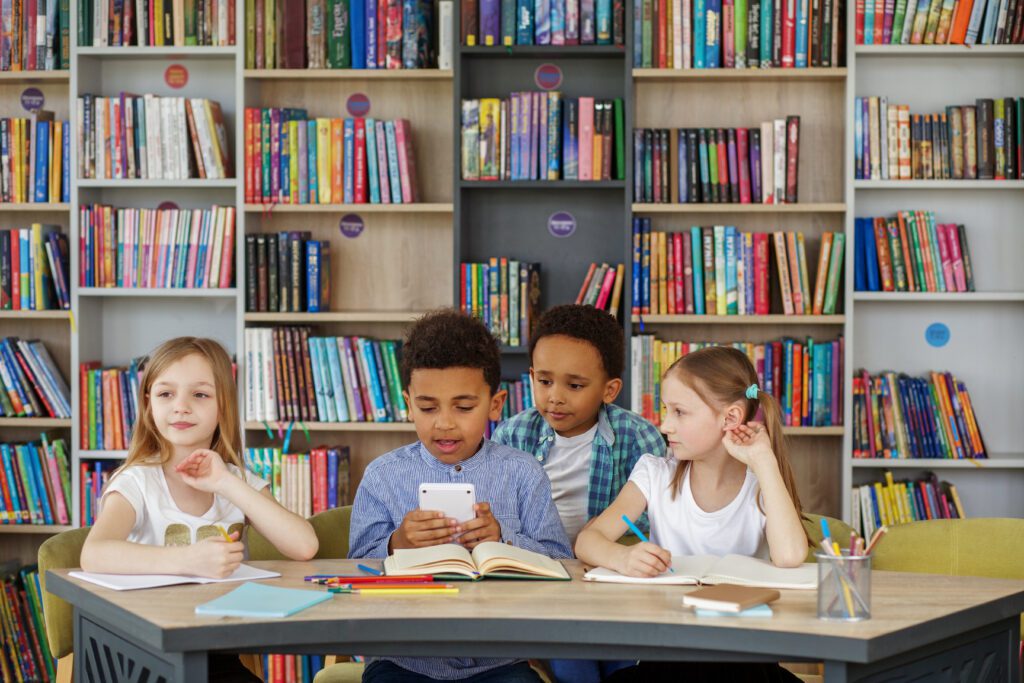
Option #1: Genre-Based Organization
By strategically grouping books together based on their genres, we can create a rich and immersive reading environment for our students. Imagine walking into a classroom where biographies and autobiographies have their own dedicated section, inviting students to dive into the fascinating lives of notable individuals. As they continue to move through your classroom library, they will find a section for fantasy, historical fiction, graphic novels, and so on. . .
Now let’s talk through the benefits and limitations of this classroom library organization:
Benefits
- Organizing your classroom library by genre allows students to easily locate books based on their preferred reading experiences.
- Mirroring real-world bookstores and libraries, genre-based organization helps students navigate through different genres and discover new reading options.
- This approach encourages students to become more aware of their preferred genres and introduces them to genres they may not have considered before, expanding their reading horizons.
Limitations
- When organizing a classroom library by genre, students may face challenges in locating specific books if they are unfamiliar with the genre categorization.
- Certain books may fall into multiple genres, making it challenging to decide where to place them in the library.
- Depending on the collection, some genres might have a larger number of books, leading to potentially overwhelming sections, while others may have fewer options. However, organizing by genre allows for easy identification of genres that require more books to be added to the library, helping to address any limitations and improve genre diversity (added benefit!)
Option #2: Theme and Topic-Based Organization
Another option for classroom library organization is grouping books with similar topics or themes. Imagine the excitement when students can easily find books on their favorite subjects! Whether it’s sports, school, friendship, science, or history, organizing books based on common themes provides a highly efficient way for students to locate books they would genuinely enjoy reading.
Benefits
- Organizing books by similar topics/themes makes it easier for kids to locate books they enjoy reading if they already know their preferences.
- Categorizing books based on topics allows for efficient classification, as there is flexibility to assign a topic to any type of book.
- Creating subcategories within topics (e.g., picture books, informational books, chapter books) helps control the size of each category, making the search for specific types of books within a theme more manageable.
Limitations
- Organizing books by topic/theme can make it challenging to keep books from the same series or by the same author together if they don’t align with the specific theme.
- Picture books or fictional books with multiple themes may be difficult to categorize within a single topic/theme system.
- Authors like Patricia Polacco, whose books cover various themes, might get separated within the library when organized solely by topic/theme, making it harder for students to locate all their works.
- Having a wide range of topic/theme choices can sometimes lead to indecision when deciding where to place certain books, potentially causing difficulties for both educators and students in locating specific titles.
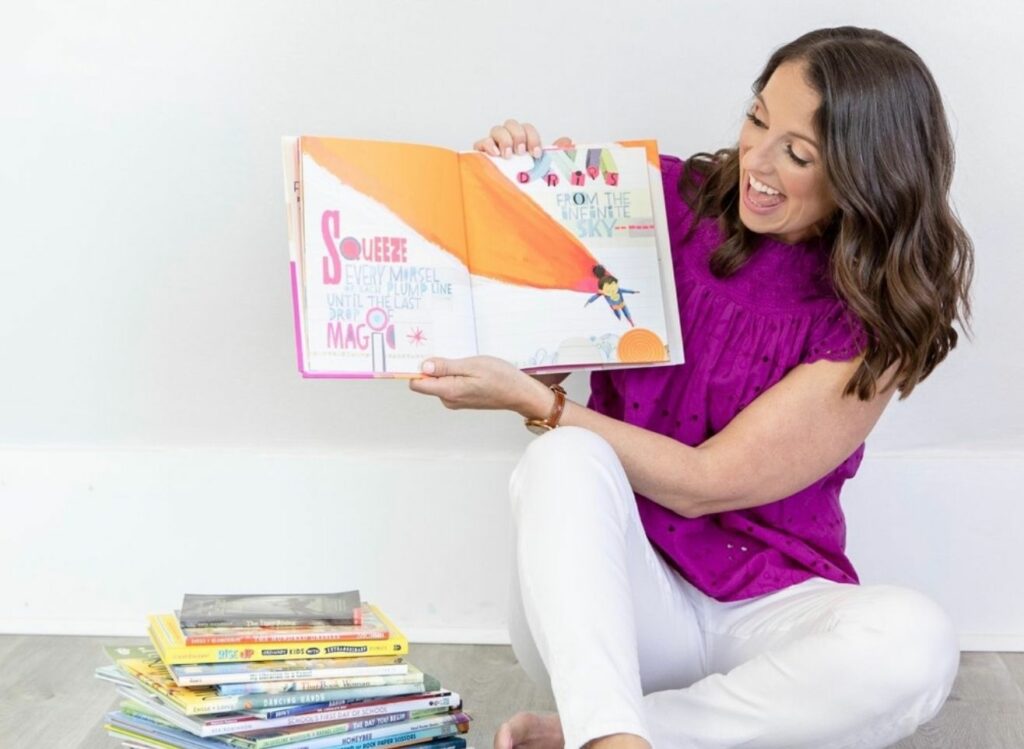
Option #3: Author-Series Organization
Another approach to classroom library organization is grouping books based on their authors and series. This method enables students to easily find books from their favorite authors or beloved book series, fostering a sense of familiarity and excitement in their classroom library.
Benefits
- Classroom library organization by author and series allows students to easily locate and explore all books within a beloved series like Percy Jackson or Diary of a Wimpy Kid.
- It helps students recognize that authors often have multiple books, even if they are not part of a specific series. This realization can encourage further exploration of an author’s diverse works.
- By grouping all books by a particular author together, such as Jacqueline Woodson, students can discover the breadth of topics and writing styles the author offers, including picture books, chapter books, and poetry.
- Organizing by author and series enhances students’ understanding of an author’s body of work and provides a seamless reading experience for fans of specific series or authors.
Limitations
- Classroom library organization by author and series may pose challenges when students are not familiar with the author of a particular book they wish to find.
- Students might be drawn to books based on specific topics or characters without prior knowledge of the author, making it more difficult for them to locate those books in an author-series-based library organization.
- Not every book belongs to a series, and there may be instances where you only have one book by a particular author. In such cases, that lone book can easily blend in and be overlooked in a library organized primarily by author and series.
What classroom library organization should I avoid?
Okay, now let’s take a moment to discuss a classroom library organization system that I encourage you to avoid: leveling.
Many schools require or request teachers to set up their classroom libraries according to book levels, and for a long time, I followed this practice myself. I assumed that if my principal or district mandated it, it must be the best approach. I vividly remember using the red bins from Scholastic that conveniently came with books of a specific level, making library organization seem effortless.
I also recall the time and effort I put into creating my own library labels, meticulously designed to match my black and white polka-dot classroom decor. Determined to label each book accurately, my husband and I embarked on a quest, using the Scholastic Book Wizard to determine the level of every single book I owned, which amounted to hundreds of titles.
We devised a system where each book received a large sticker, clearly displaying its assigned level. It seemed like the perfect way to keep my library organized and ensure that students could easily find books at their appropriate reading levels…
But then I REALLY thought about it.
And I realized that setting up our libraries according to levels doesn’t actually make sense.
Think about it, when the last time you walked into a library or bookstore and asked them to show you all the books at a Level Q? Have you ever told a librarian that you are trying to grow to a Level W and you want to see where all their level W books are because you think you’re ready for that challenge.
We don’t do that.
As life long readers, we don’t think about the level of the books we read. And so, I don’t think we should think about our classroom library organization with levels in mind either. If we want our students to become life-long readers, we want to build an inviting and exciting classroom library that makes our students like we feel when we walk into our favorite bookstore.
But, I do know that we can’t always avoid leveling, so I’d like to end with some practice tips for classroom library organization focused on leveling.
- If your school requires leveled and labeled books in your classroom library, prioritize your preferred organizational method (e.g., themes, genres) and then incorporate leveling as a secondary aspect.
- Indicate the level of each book discreetly, such as writing it on the inside cover or using small color-coded stickers, rather than using prominent stickers or labels.
- Label levels with a small range to provide students with more options within their reading level, as book leveling is not always 100% accurate.
- Educate students about levels and how they can serve as a guide for making book choices, but emphasize that levels should not restrict their selection.
- Teach students how to select books based on their interests and enjoyment, helping them understand how to identify if a book is too easy or too challenging for them.
- Empower students to make the decision to abandon a book if it proves too difficult, emphasizing the importance of reading and understanding the content for an enjoyable reading experience.
I want to leave you with this: our goal as reading teachers is to excite, empower, and educate our students in a way that gets them excited about becoming a life long reader, so however you decide to go about your classroom library organization keep that at the forefront.
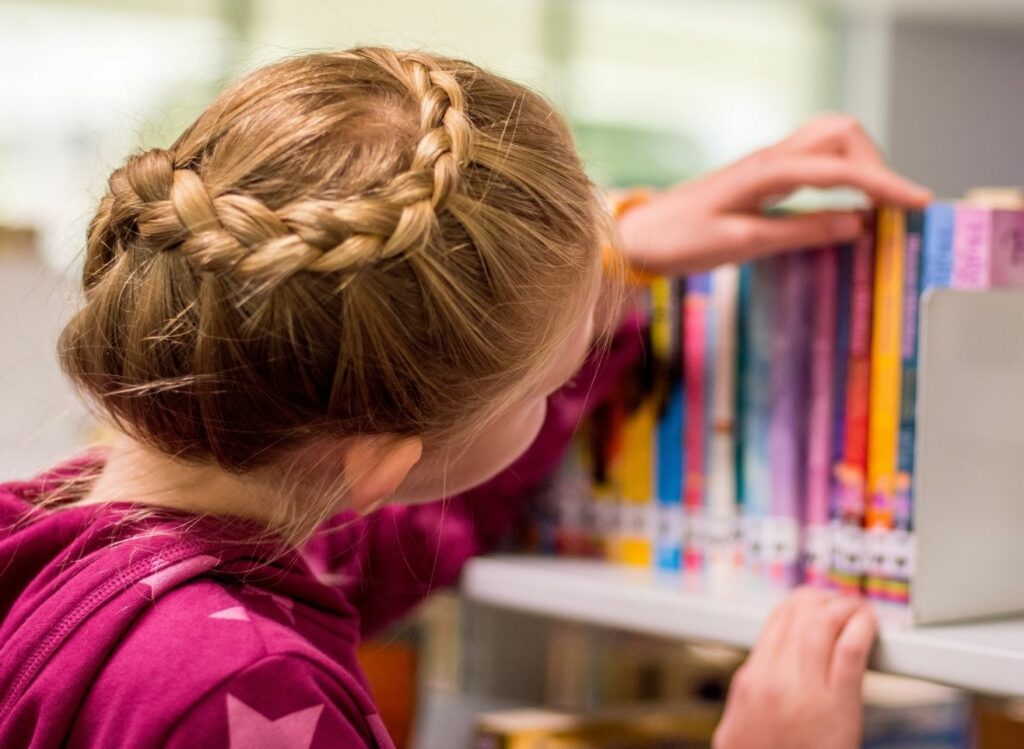
Think about your next steps…
- Check out The Stellar Teacher Podcast for bite-sized episodes that will show you how to level up your literacy instruction and make a massive impact with your students, all while having a little fun!
- Join us inside The Stellar Teacher Literacy Collective, where you will get access to a resource library filled with reading and writing resources that you can use to help your students become more confident readers, and ultimately use your classroom library to its fullest potential!
Happy Teaching!


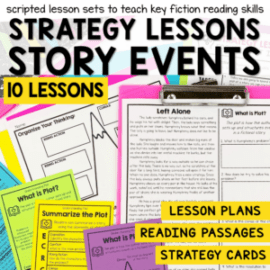
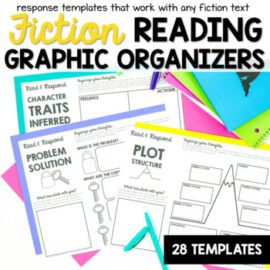
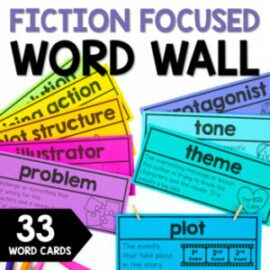
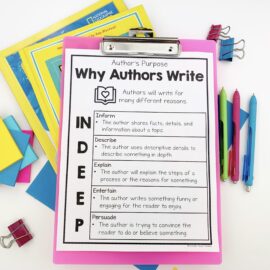
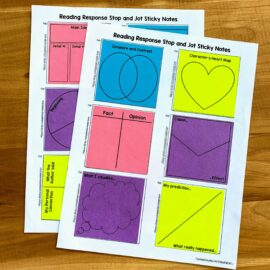






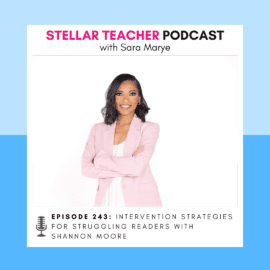



Leave a Comment
You must be logged in to post a comment.